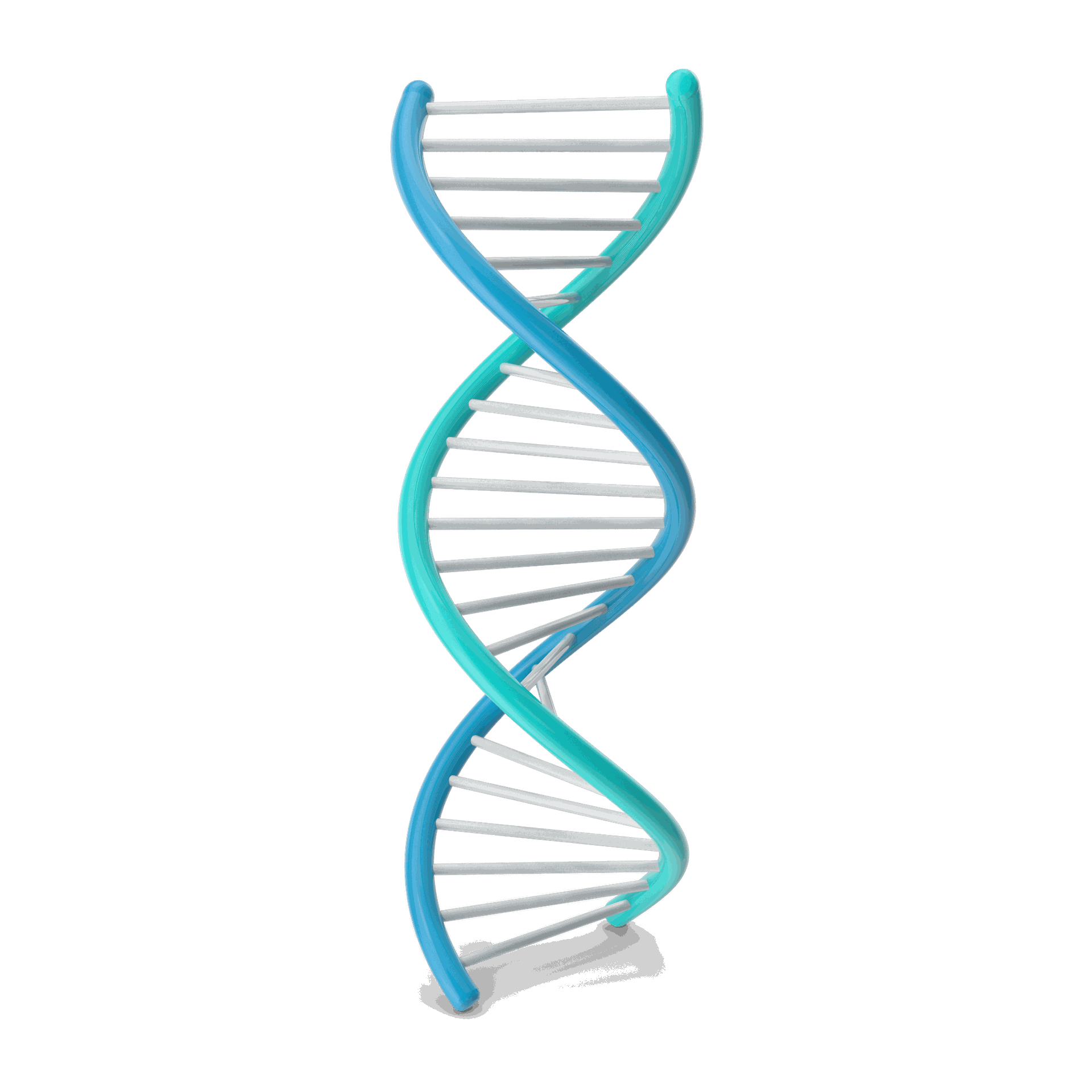As interest in the role of ubiquitin and ubiquitin-like proteins continues to grow, a deeper understanding of their impact on health and disease becomes essential. Supporting this scientific exploration, VLI Research Inc has positioned itself as a leading force in connecting researchers, industry leaders, and emerging innovations within the field.
VLI Research: Advancing Knowledge with Commercial Impact
Founded in 1995, VLI Research strives to develop quality information sources that provide valuable new insights and competing points of view while offering balanced coverage of the latest developments. Basic research related to commercial implications is covered, with heavy emphasis placed on end-user insights into new products and technology as well as coverage of the strategy behind the business.
The Next Big Thing In Drug Development May Be The Ubiquitin Pathway
Velcade, Millennium’s pioneering cancer drug, showcases how targeting the ubiquitin system can fight disease. However, it only affects a basic part of a complex and still not fully understood cellular mechanism that holds great promise for future drug development.
The ubiquitin-proteasome pathway controls protein degradation and distribution, impacting many cellular processes. Dysregulation of this system is linked to diseases like cancer, neurodegenerative disorders, and infections.
Ubiquitin, a small protein, is attached to target proteins through an enzyme cascade (E1, E2, E3), marking them for degradation by the proteasome—a cellular complex that recycles proteins. This tagging is reversible and can form complex chains involved in DNA repair, cell signaling, and stress responses.
Velcade works by inhibiting the proteasome, preventing the breakdown of polyubiquitinated proteins, which leads to cancer cell death, especially in blood cancers.
Among the enzymes, E3 ligases are challenging drug targets but promising due to their specificity. The system includes 2 E1s, about 40 E2s, nearly 600 E3 ligases, and around 100 deubiquitinating enzymes—offering many opportunities for new therapies.
Comparison With Kinases Is Inevitable
The ubiquitin system is often compared to kinases as a major emerging target for therapeutic intervention. However, it is far more complex, involving a wide range of cellular processes and regulatory mechanisms that present both challenges and opportunities for drug development.
A groundbreaking cancer drug demonstrates how targeting the ubiquitin system can combat disease, though it addresses only a basic part of a complex and still largely mysterious cellular process with huge potential for drug discovery.
The ubiquitin-proteasome pathway regulates protein degradation and cell functions. When disrupted, it’s linked to various diseases including cancer and neurodegeneration.
Ubiquitin tags proteins for breakdown via an enzyme cascade, directing them to the proteasome, which recycles cellular components. This tagging is reversible and forms chains involved in many vital cellular processes like DNA repair and signaling.
Inhibiting the proteasome causes the accumulation of tagged proteins, leading to cell death, useful for treating certain cancers.
Enzymes in this system, especially E3 ligases, present promising yet challenging targets for new drugs, with many components offering opportunities for therapeutic development.


Academy-Industry Collaboration In The U.K.
Progress in the field of ubiquitin research is expected to accelerate, especially as scientists become more confident in targeting intracellular proteins with therapeutic drugs. Although direct industry engagement in ubiquitin-targeted programs remains limited, interest is growing rapidly, with many companies seeking expert guidance.
Inspired by the success of earlier efforts focused on protein phosphorylation, a new initiative was established to support research on protein ubiquitylation. This initiative benefits from collaborative academic-industry partnerships, where members share research outcomes and gain early access to intellectual property. Substantial funding has enabled the development of technologies that have significantly advanced drug discovery and lead optimisation in related areas. Encouraged by these achievements, efforts are now expanding to apply similar strategies to the ubiquitin system.
A newly launched research initiative received substantial government support to establish multiple specialised teams. Several of these teamsdedicated to protein production, assay development, and cloningare already in place. The project aims to achieve broad and detailed coverage of proteins within the ubiquitin system.
Millennium Remains The Ubiquitin Frontrunner
Following the success of proteasome inhibitors in oncology, efforts have advanced toward developing more selective therapies targeting the ubiquitin system. While early treatments broadly blocked protein degradation leading to side effects due to lack of specificity newer approaches focus on inhibiting specific enzymes, such as those upstream in the ubiquitin cascade. These targeted strategies aim to disrupt pathways involved in cell cycle regulation and DNA repair, offering greater precision and potentially fewer side effects. Research collaborations continue to explore protein homeostasis and refine therapeutic applications within this system.

Interest Growing At Other Companies
A new company was recently launched to commercialise tools from a Scottish ubiquitin research initiative, marking a significant step in the field. Beyond proteasome inhibitors already in clinical use, several other promising candidates are in development targeting the ubiquitin pathway. These include new compounds with improved safety profiles and novel inhibitors aimed at specific proteases and ligases, with the goal of regulating key proteins involved in cancer progression, such as p53. The field is rapidly expanding, with multiple firms exploring different angles of therapeutic intervention.

Drugging the undruggables: exploring the ubiquitin system for drug development
For decades, many disease-related proteins were labeled “undruggable” due to their lack of accessible binding pockets or elusive structure-function relationships. However, the growing understanding of the ubiquitin-proteasome system (UPS) is transforming this narrative. The UPS, responsible for the selective degradation and regulation of intracellular proteins, offers an extensive network of enzymes—including E1 activating enzymes, E2 conjugating enzymes, E3 ligases, and deubiquitylating enzymes (DUBs)—that control nearly every aspect of cellular function.
By targeting these enzymes, scientists are discovering new ways to indirectly modulate “undruggable” proteins. For instance, E3 ligases, which confer substrate specificity, are now being harnessed in PROTACs (proteolysis-targeting chimeras)—a groundbreaking approach that tags disease-causing proteins for degradation. This strategy bypasses traditional inhibition and instead removes the entire target protein from the cell.
In addition, DUB inhibitors are gaining attention for their ability to reverse protein stabilization in diseases like cancer and neurodegeneration. Since DUBs can remove ubiquitin tags and rescue proteins from degradation, inhibiting them can tip the balance toward therapeutic benefit.
The potential of the ubiquitin system lies not only in its vast complexity but also in its centrality to many cellular processes, including cell cycle regulation, DNA repair, immune response, and apoptosis. This makes it a goldmine for drug discovery. As technology and molecular tools advance, what was once considered "undruggable" is now becoming an exciting frontier for innovation in targeted therapy and precision medicine. The ubiquitin pathway may well become the next major platform in the search for transformative treatments.


